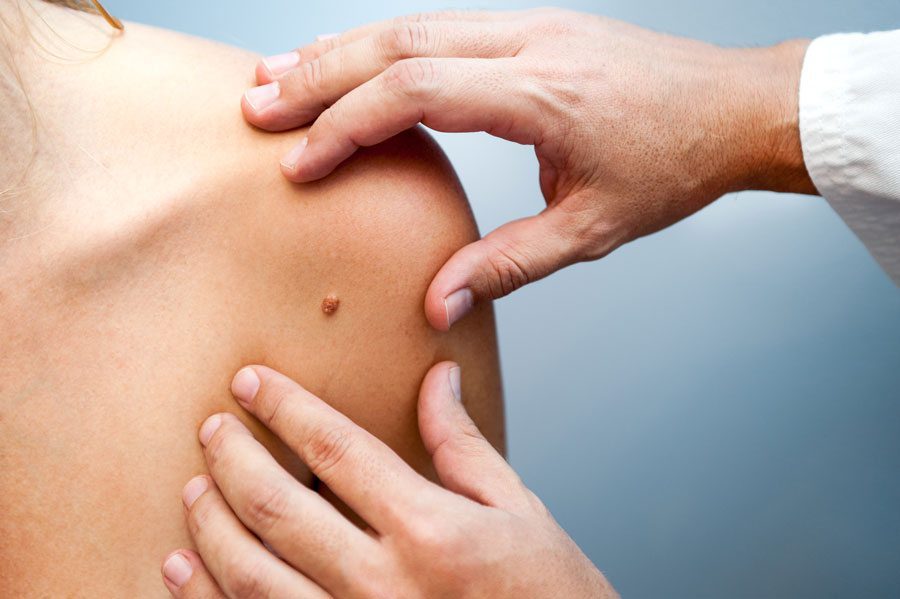The first step in treating skin cancer is identification with a professional skin cancer screening. With a main office in the Waterloo-Cedar Falls area and outreach clinics in the surrounding communities, Cedar Valley ASCENT features a team of experienced, knowledgeable skin cancer specialists with extensive expertise in conducting full-body skin cancer screenings. The examination is a visual screening that will be conducted at Cedar Valley ASCENT in the same private setting as a regular office visit. A provider will review your skin from head to toe over the course of about 10-15 minutes. The provider will discuss any spots or other skin areas you are concerned with or have questions about and will advise on steps to take in order to monitor potential problem areas (such as moles). It is typically recommended that patients monitor and report to their provider any changes to moles, including those involving size and color, as well as changes in sensation, any spread in pigmentation beyond the border of a mole or mark and other developments.

